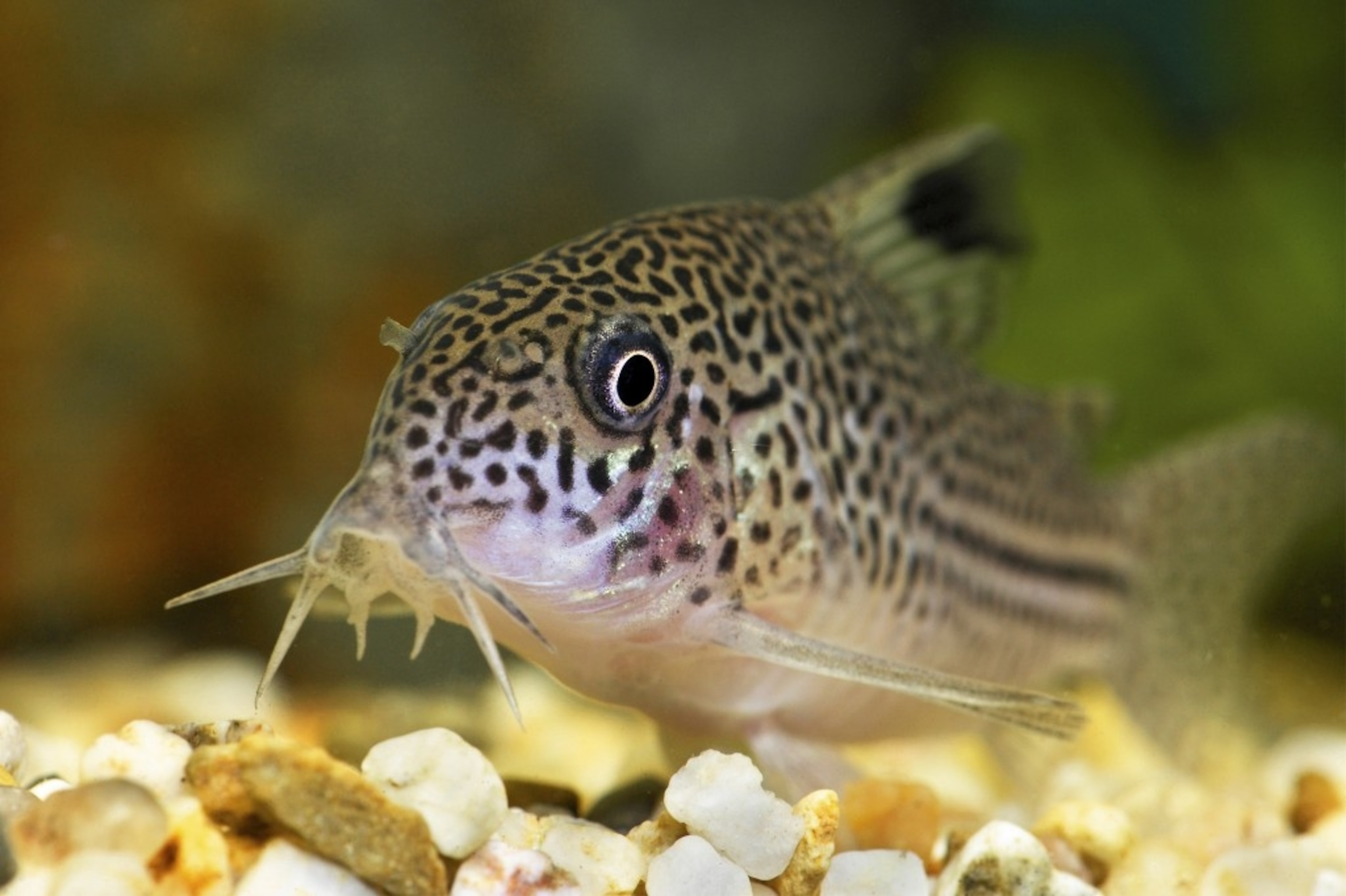
Surprising Animals That Sport Mustaches
From the Fu Manchu to the Flanders, there’s no bigger must these days than a mustache.
Emperor Tamarin
With that snow-white, elegantly curved mustache, the emperor tamarin looks more a Victorian granddad—or grandma for that matter, since females also sport the fabulous facial hair.
An emperor tamarin is seen at the zoo in Stuttgart, Germany, in 2010. Photograph by Thomas Kienzle, DAPD/AP
Despite their Old World look, these are New World monkeys that live in the tree canopies of tropical forests of the southwestern Amazon.
Another tamarin is actually called Spix’s mustached tamarin (Sanguinus mystax), but its stache is far more conservative than that of the elaborate emperor, which is said to have been named after Emperor Wilhelm II of Germany.
If you need your cute animal break for the day, watch this video of a group of emperor tamarins who really, really want an iPhone. Perhaps they are trying to document their inevitable win should there ever be an animal World Beard and Mustache Championship (speaking of, you can see video of the human contest here).
Walrus
The walrus’s mustache is truly the cat’s whiskers: It’s even famous enough to have a human mustache named in its honor.
The walrus has 600 to 700 of these sensitive bristles—scientifically called mystacial vibrassae—more than any other animal with front and rear flippers, which are known as pinnipeds, according to the book Marine Mammals: Evolutionary Biology.
The short, tough projections, which can be moved in unison or individually, are used to detect small prey like shellfish and clams on the ocean floor. Once they find their feast, the large animals use a “piston-like tongue” to suck their prey up and out of its shell, according to the Alaska Department of Fish and Game. You can see the walrus in foraging action in this video, “A Close Encounter With a Walrus.”
The Carpenter had no comment.
Catfish
Catfish in the genus Corydoras look like they have an upside-down Dali mustache, but it does a heck of a lot more than make them look suave and sophisticated.

A leopard cory uses its barbels to detect prey. Photograph by Juniors Bildarchiv, GmbH/Alamy
Their whiskers are actually barbels—slender, sensitive projections found on bottom-feeding fish that allow them to taste as well as feel potential prey. In this sense, they’re a little like octopus tentacles, which can also taste what they touch.
Numerous members of this aquarium-friendly species have impressive barbels, including the peppered cory, the Sterba’s cory, and the bandit cory. The latter is likely named for its black mask, but we like to think it got the idea to grow the stache after seeing a certain Burt Reynolds movie in 1977.
Bearded Pig
In 2009 the New York Times reported that pigs who had experience with mirrors could use them to locate food, but probably not to recognize their own appearance.

A male bearded pig wallows in Bako National Park in Sarawak, Malaysia. Photograph by Nick Garbutt, Nature Picture/Corbis
This comes as no surprise if you see the bearded pig, whose firework of facial hair suggests it has not been preening itself in the looking-glass. (You can see the face fuzz, and its remarkably soulful eyes, in this video).
These natives of Southeast Asia have some reknown in the pig world: They’re the only pigs known to migrate annually, though why they do it is unknown (possibly in search of a good barber?). (Also see “Exclusive Video: World’s Biggest Pig Revealed.”)
And if they were at all interested in the mirror, beardeds could see that they have the slimmest torso of all the pigs, according to Animal Diversity Web.
Jumping Spider
There are many species of jumping spider, some with powerfully alluring traits, like an extra set of eyes, fashionable bubble hats, or a talent for dancing.
Some of the arachnids also have seriously bushy facial hair.
For those of you who never ever thought spiders could be cute, check out this video of Phidippus mystaceus, whose name in modern Latin means “like or having a mustache,” according to BugGuide.net.
A spider with a mustache monicker, Habronattus mustaciata, has a mustache made of erect scales on the side of the clypeus, a plate that makes up part of its face.
A number of other spiders in the Habronattus genus appear to be sporting a thin, white, Colonel Sanders-type mustache (though no word if they like fried chicken).
Can’t wait til the goat-ee makes a comeback…




